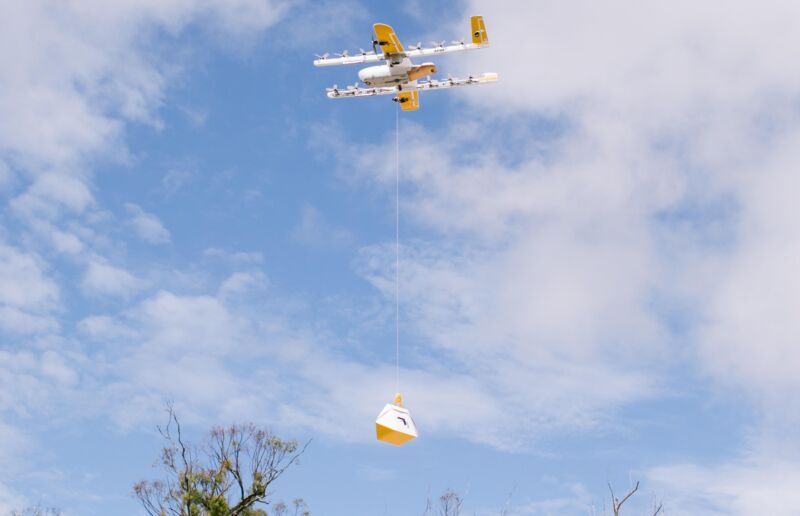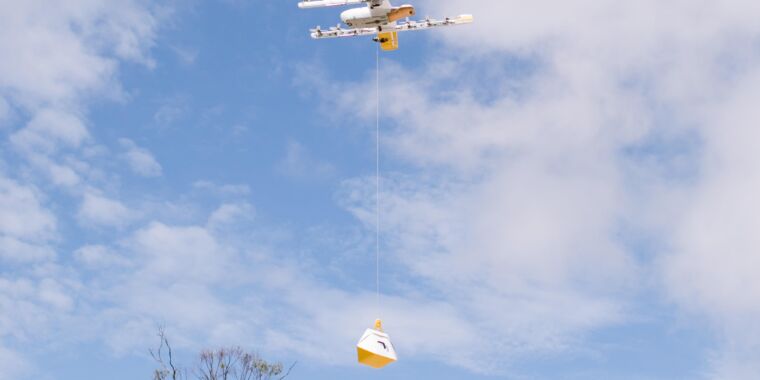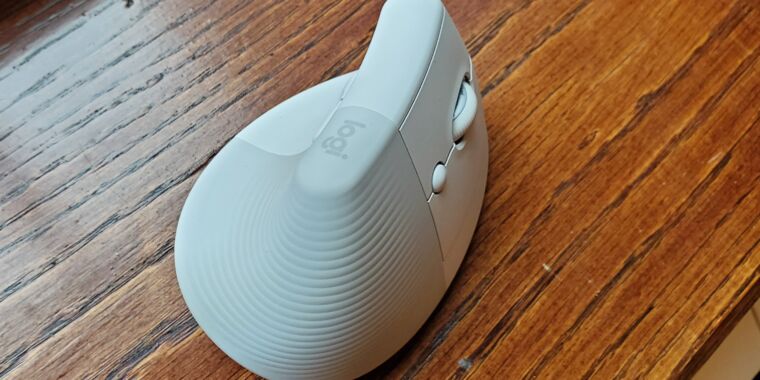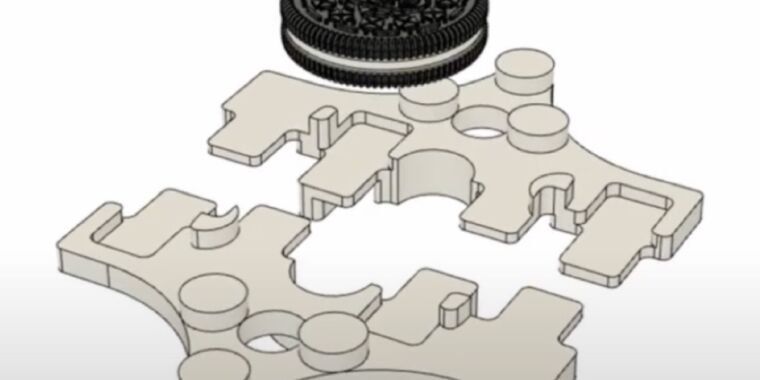
Wing
Earlier this month, Google’s sister company, Wing, began offering a drone delivery service in the Dallas suburbs of Frisco and Little Elm. Wing drones take off from “nests” in two Walgreens parking lots to deliver things like health products or ice cream to nearby customers. Wing describes it as “the first ever commercial drone delivery service in a major US metropolitan area.”
One reason for that last caveat: Walmart has been running its own drone delivery service near its Bentonville, Arkansas, headquarters since November. Walmart delivers a range of products to customers within a 1.5-mile radius of two Walmart stores. The service will soon expand to a third Walmart store in the same corner of Arkansas.
Meanwhile, Amazon’s drone efforts got some unflattering press coverage last week. Bloomberg reported on a drone crash at an Amazon test facility in Oregon. No one was injured, but the story underscores the fact that Amazon has yet to launch a commercial drone delivery service in the United States—despite a December 2013 segment on 60 Minutes where Jeff Bezos predicted drone deliveries might reach the market in four to five years.
The Wing and Walmart services are still pretty limited, with each service initially designed to perform around 100 deliveries per day. But drone delivery is finally moving beyond the research-and-development phase. Wing and Walmart are using drones to deliver real merchandise to real customers. The question is how quickly they can scale up—and how many other companies can follow their lead.
Regulations are a major factor in the slow development of drone technology. The Federal Aviation Administration tightly controls every aspect of these services, requiring companies to get separate approval each time they expand to a new area. So the future of the industry depends a lot on whether the FAA promotes or hampers its growth.
How a startup built Walmart’s delivery service
-
Flight engineers prepare a DroneUp aircraft for takeoff outside a Walmart in Northwest Arkansas.
DroneUp -
A DroneUp operator sitting in this control tower can monitor a drone visually as it flies more than a mile away.
DroneUp -
A drone carries a package high above a Walmart store.
DroneUp -
This screenshot from a DroneUp video shows the drone lowering a package using a long tether.
DroneUp
For this story, Ars talked to Tom Walker, the founder and CEO of the startup DroneUp, which supplies and operates Walmart’s delivery drones.
One of the most significant limitations the FAA imposes on drone operations is a requirement that they be conducted within view of a human operator. Companies can request a waiver of this requirement, but that’s a slow and difficult process.
So DroneUp has opted for a decidedly low-tech solution: constructing a miniature control tower, about 30 feet tall, in the parking lot of each Walmart. According to Walker, an operator in this control tower can see a drone as far as 1.5 miles (2.4 km) away. Walker hopes the FAA will eventually waive the line-of-sight requirement, allowing the company to utilize the full three-mile (5 km) range of its current drones to serve many more customers.

DroneUp
That isn’t to say the whole operation is low-tech. Far from it, according to Walker, who says the drones are “fully autonomous.”
FAA regulations prohibit a drone from flying over people or moving vehicles. Walker says that DroneUp’s aircraft have “the ability to dynamically route around areas where [people and moving vehicles] might be, and also have sensors that let us know where people are on the ground.” The drones also have multiple redundancies to help ensure that the failure of any one component won’t cause it to crash.
The average delivery takes 27 minutes. Once a drone arrives at a customer location, a remote human operator uses cameras on the drone to verify that there is no one in the landing area. Customers are asked to keep themselves and their pets indoors until the drone flies off. The flight will abort if the operator sees anyone near the dropoff point.
If the coast is clear, the drone will lower a Walmart box using a cable from a height of around 80 feet. Once the package is safely on the ground, the drone flies away, and the customer can pick it up.
The company’s drones have eight propellers, and the service’s website says they can carry up to three pounds (1.4 kg) of cargo—though Walker says the drones are capable of carrying significantly more. For comparison, Wing’s service delivers up to 2.5 pounds of cargo. At the same time, DroneUp managed to keep the drone’s weight, with cargo, under 55 pounds (25 kg). That’s important because operating a drone over 55 pounds requires special permission from the FAA.
Walker hinted that he is expecting big growth for the Walmart service in the next year or two.
“I can’t say how many [stores] we’re going to be opening this year or next year,” he told Ars. But he’s planning to grow the company from 200 to 600 people this year, with a substantial share of those new workers being drone operators.








